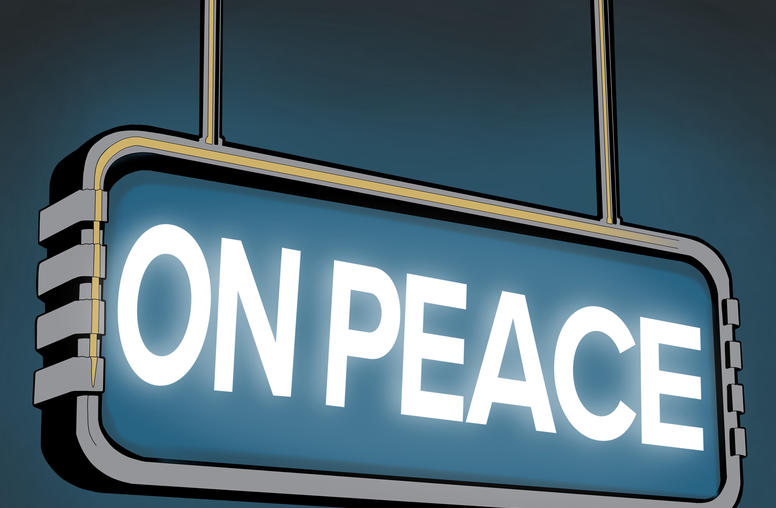Transitions to Democracy
This guide from the 2004 National Peace Essay Contest assists teachers in increasing students' understanding of the nature of democracy and historic and contemporary efforts at democratization.

Teaching Guide on Transitions to Democracy
Download the Teaching Guide on Transitions to Democracy (PDF - 184K)
The guide includes all lessons plans, student handouts and instructions.
Democracy embraces political conflict—the conflict of ideas, competition for power, the struggle for influence. Open, stable democracies like the United States are able to manage such conflict non-violently because of strong institutions, separation of powers, rule of law, civil society, a free press, accountability through regular elections, and multiple opportunities for citizen engagement with the government. For nations in transition to democracy from authoritarian systems or dictatorships, it is a daunting challenge to democratize peacefully. Institutionalizing democratic principles within societies lacking strong institutions can exacerbate conflict and political competition that can rip a country apart.
Objectives of the Teaching Guide:
- To increase students' understanding of the nature of democracy and historic and contemporary efforts at democratization.
- To make students aware of the essential elements that foster and maintain democratic governments and societies.
- To develop students' analytical reading, writing, and research skills.
- To reinforce students' abilities to collaborate and produce a work product with peers using traditional and electronic means of research, discussion, and document preparation.
- To enable classroom teachers, students, and contest coordinators to:
-
- Understand the National Peace Essay Contest topic;
-
- Review bibliographic resources and select qualified sources for their research;
-
- Define and understand concepts contained in the essay question;
-
- Gain knowledge of different forms of democracy and evaluate efforts at democratization;
-
- Write, edit, and submit their essay to the United States Institute of Peace.
- To provide teachers with lesson plans, worksheets, bibliographic sources, and factual material to assist them in preparing students to write essays for submission to the National Peace Essay Contest.
Six Lessons Are Included:
I. Planning and Design (2 periods)
This lesson will introduce students to the topic of the 2004-2005 essay contest and will set the stage for the classes that follow. The lesson will then emphasize the importance of locating and using high quality, reliable sources in the proper manner and stress the importance of avoiding plagiarism.
II. Democracy in Theory and Practice (2 periods)
This lesson will allow students to discuss the meaning of democracy and will assist them in recognizing in what form and state of development democracy currently exists throughout the world.
III. Elements that Foster and Sustain Democracy (2 periods)
This lesson helps students understand the concepts that enable democracies like the United States to manage conflict non-violently. Students will explore two elements in addition to those introduced in the essay contest topic: government services and majority-minority relations, which further bolster democracy.
IV. Obstacles and Risks of Democratization (1 period)
Democracy cannot be achieved or sustained easily. This lesson emphasizes factors that impede democratization and the risks that ensue when the effort fails.
V. Evaluation of Post World War II Efforts at Democratization (1 period)
In this lesson students will utilize information previously gathered and the ideas from class discussions to characterize the status and assess the outcome of efforts at democratization in several countries.
VI. Civil Society: The Underpinning of Democracy (Optional Simulation) (1 period)
Students will discuss various perspectives of an issue related to transitions to democracy.




